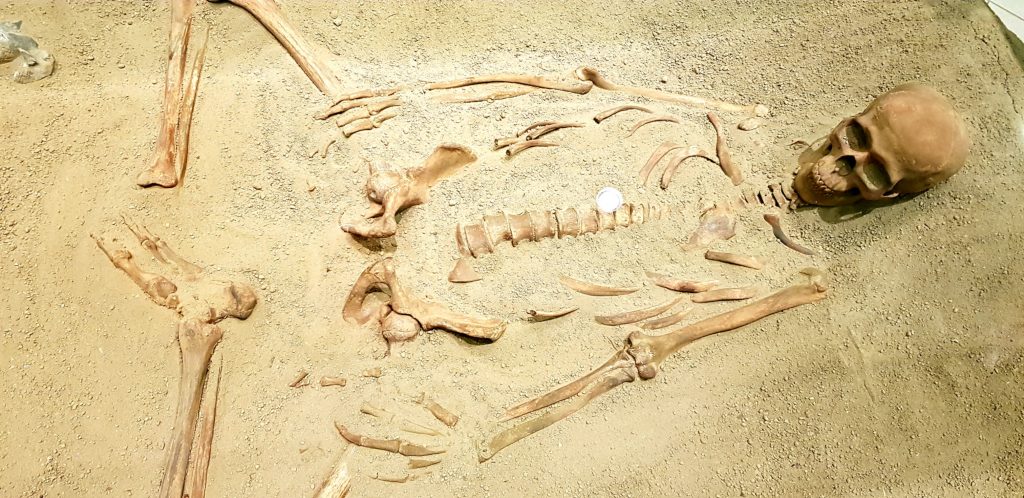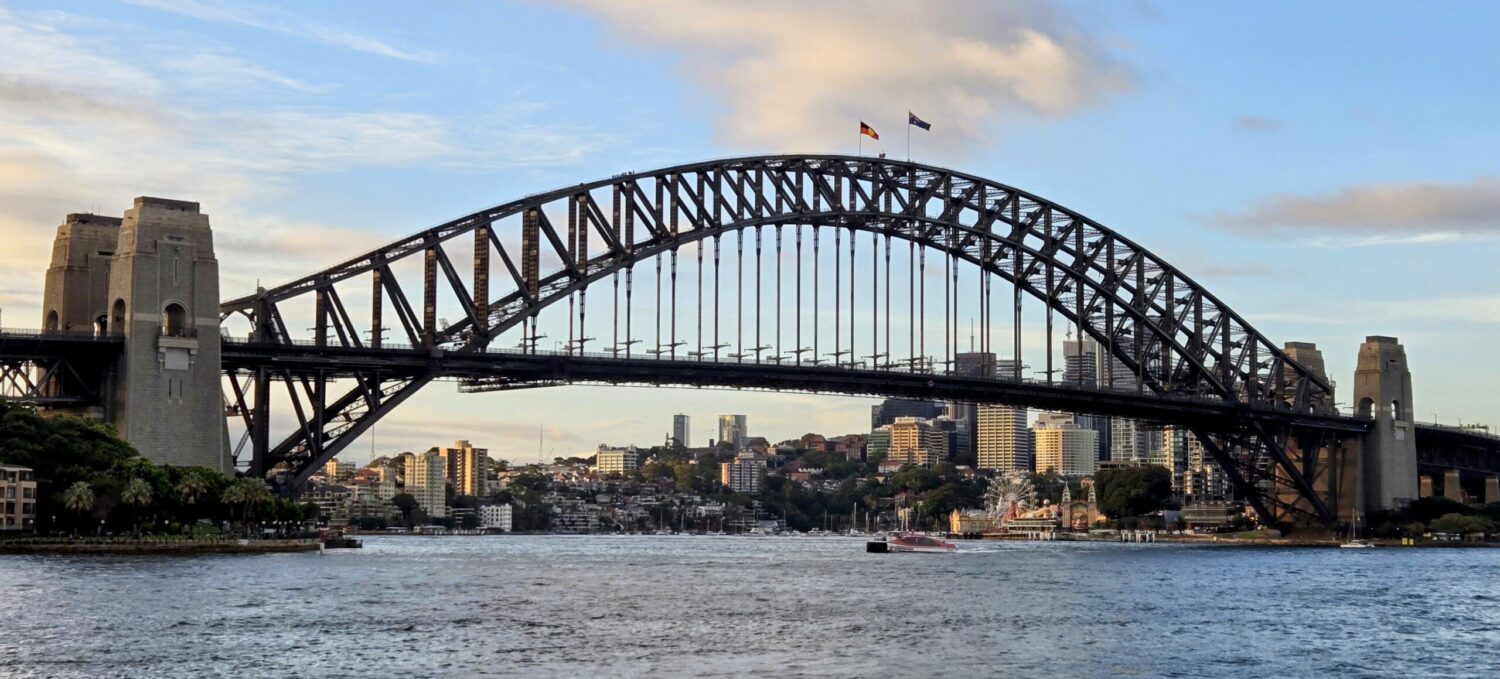Sailing overnight from Vidin we arrived at the Iron Gate locks in the early hours of the Thursday morning (10 October). Our clocks changed this morning so we got a more leisurely breakfast than usual!
We sailed on into the Đerdap Lake above the hydro-electric dam. The lake is over 100 kilometres long and at it’s widest is 8 kilometres wide. The maximum depth reaches 100 metres. Đerdap gorge is the largest and longest gorge in Europe. It opens out into four basins in succession along its length.
We saw the Tabula Traiana again on the left hand side. I’m sure it was on the right hand side last time we saw it! It’s an eight metre wide stone plaque built by the Roman Emperor Trajan 1,900 years ago to mark the completion of a riverside military road.

When the Iron Gates dam was built downstream, the colossal plaque had to be moved up the hillside to rescue it from flooding. Looks like the engineers and surveyors got their levels just right!
On the other side of the river we hesitated in front of the carving of Decebalos again. We thought the captain was giving us more time for photos. However, in reality he was waiting for a tug pushing nine fully loaded barges downstream through a narrow section. A massive convoy. Bet it would take some stopping!

Some 30 kilometres further upstream we docked at Donji Milanovac. It is in this region of the gorge that archaeologists discovered remains of what turned out to be one of the earliest human settlements in Europe. This was at a place called Lepinski Vir. Conveniently located below what was going to be the new, elevated water level. Major panic. The site was excavated, documented, mapped and then physically moved and re-built further up the bank!
The “new” village is beautifully presented in a mega-greehouse.


Each individual dwelling had a “concreted” floor with a fire pit at the front of a typically trapezoid shape. There is a full size reconstruction of what these “houses” may have looked like outside.

There were lots of little carved head statues and ceramic pots and pans found on the site.

As promised in the title of this post, the archaeologists found a number of remarkably well preserved skeletons during their excavations.


It’s almost Halloween as I write this! Very appropriate. The village, it’s inhabitants and the artefacts have been dated to the end of the 7th century BC into early 6th century BC. Conservatively, that’s about 400-500 generations ago! A long time! It would make a big family tree!
There were actually 15 separate villages located nearby in the flood zone. All but this one are now submerged. There are also apparently lots of Roman forts and villages in the area.
This was the fellow we found guarding the entrance to the glass house…

Cruising that night we were to pass the medieval Golubac Fortress at about midnight. We were offered the chance to view this with a short commentary, music and hot chocolate on the “sun” deck. Very appealing offer. But, in the end, we (and about 100 other guests) declined the invitation. I commissioned Andras to photograph the fort on my behalf. Well, he gets paid to be on deck at midnight!

Thanks Andras!
This 14th-century medieval fort has impressive stone towers and castle walls that extend from the riverbank to the top of a small rocky hill. It is believed to have been built by the Hungarians, but much of its history remains obscure. Today, it is undergoing an EU-funded restoration to rebuild the wooden tower roofs and repair its stone walls.
Tomorrow we are off to check out the “Frenemies” living in Croatia and Serbia. This is one of the words Lauren, one of our granddaughters has taught me.
